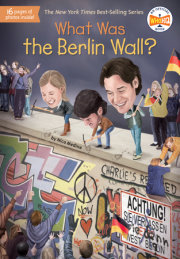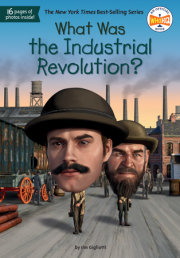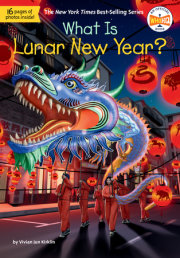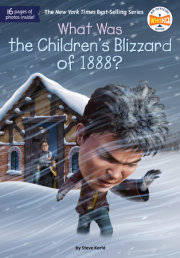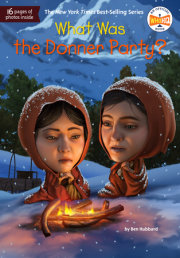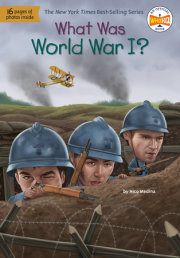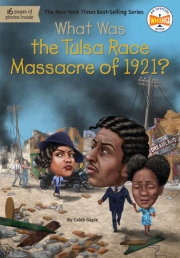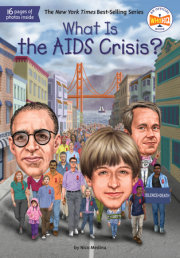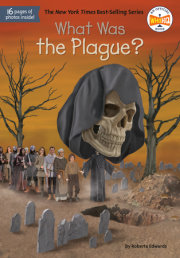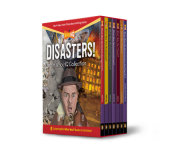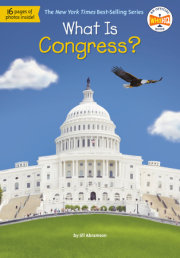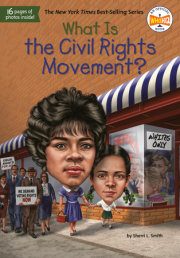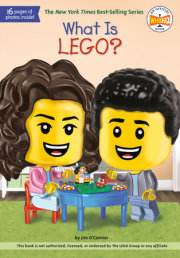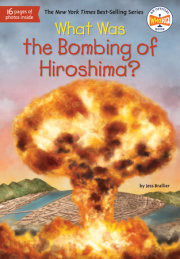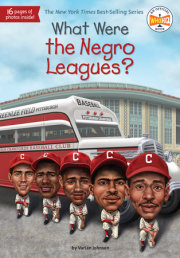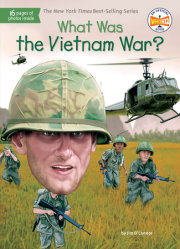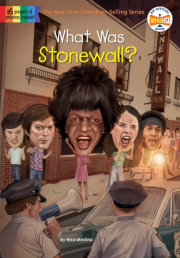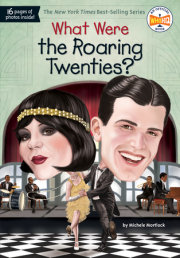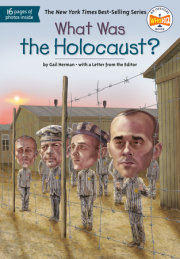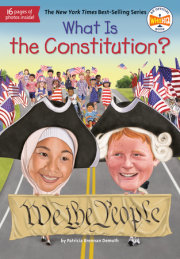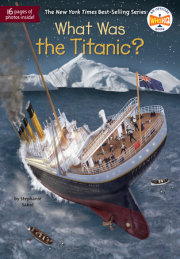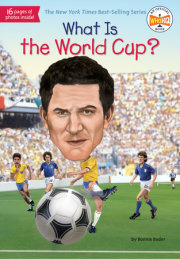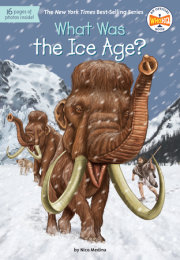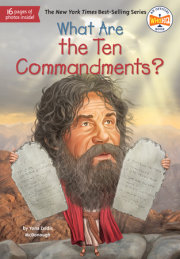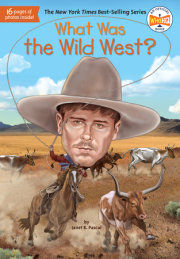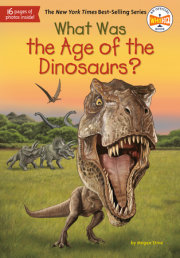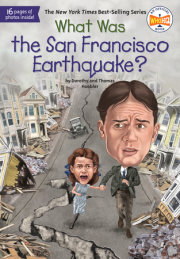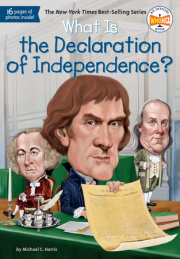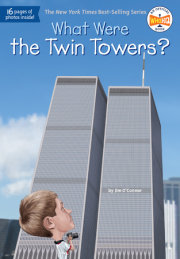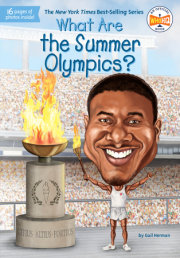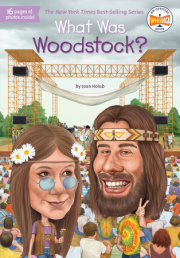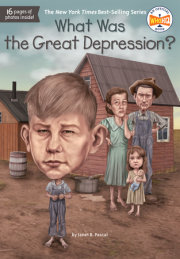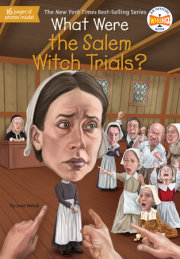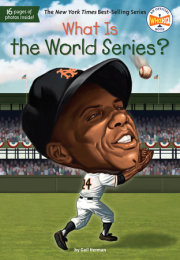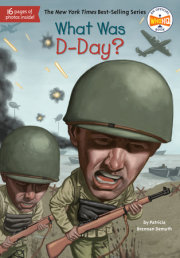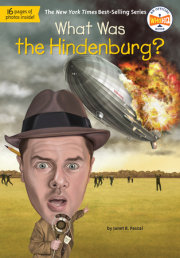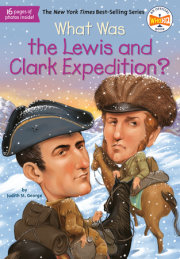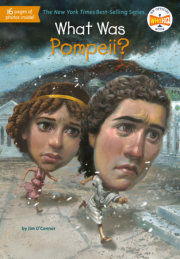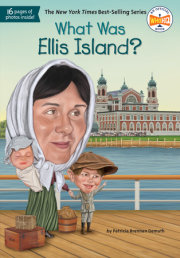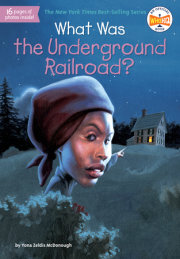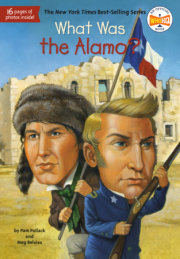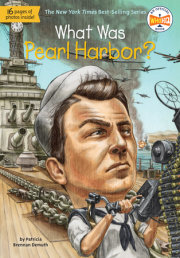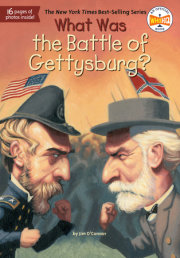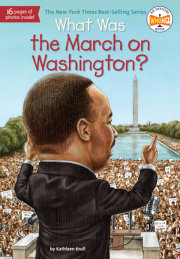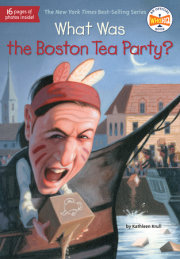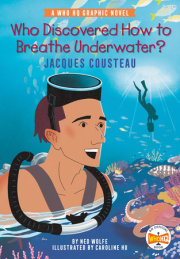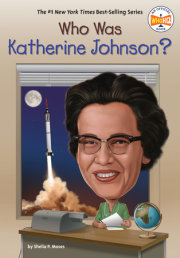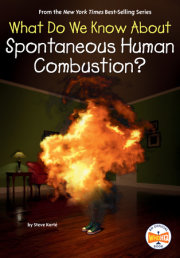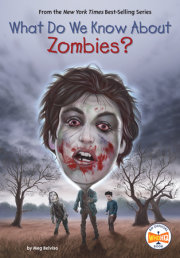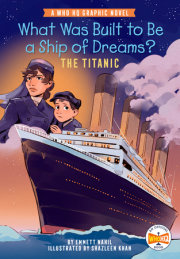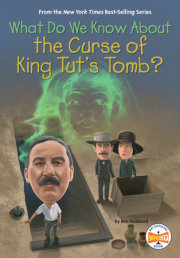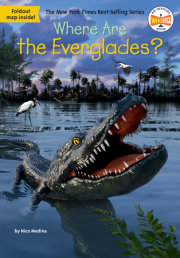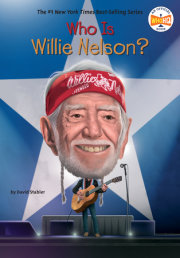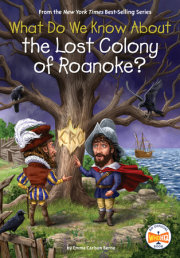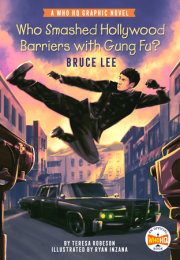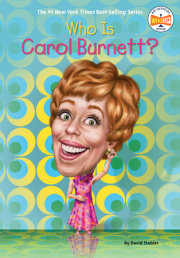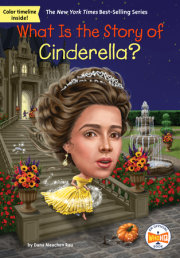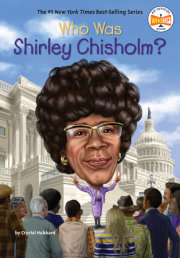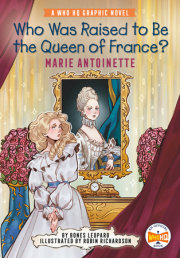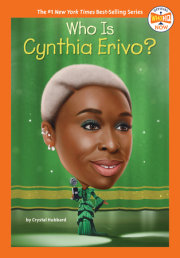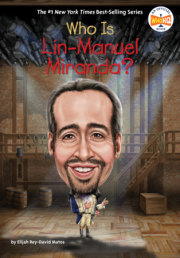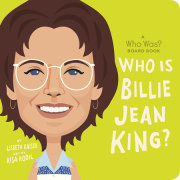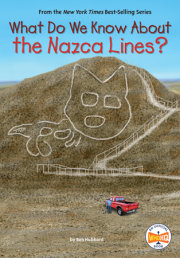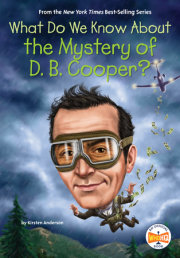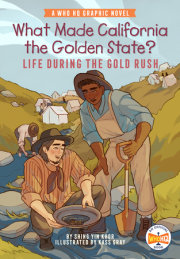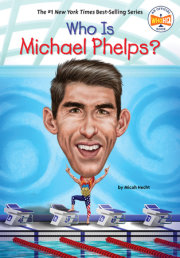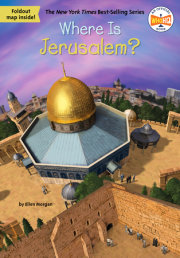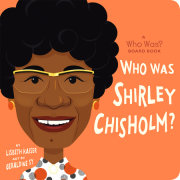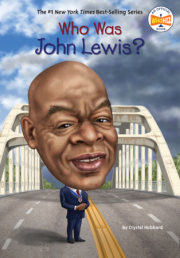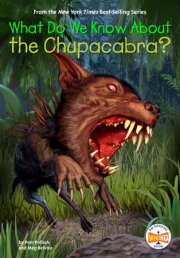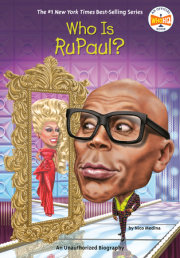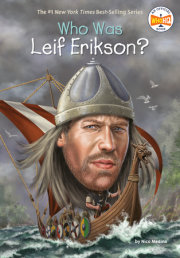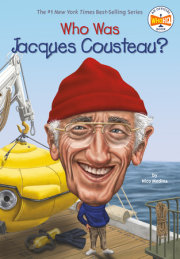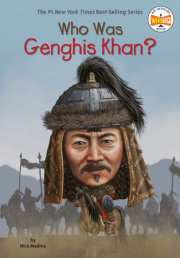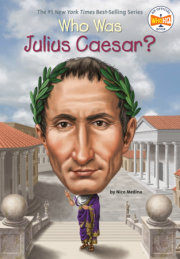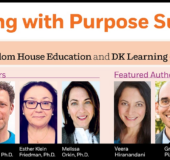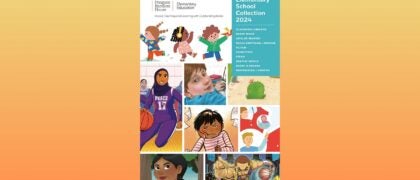What Was the Berlin Wall? Peter Fechter was born in Berlin, the capital city of Germany, in 1944. That was just before the end of World War II. After the war, Germany was divided into eastern and western parts. So was the city of Berlin. Peter grew up on the east side of the city.
When Peter was twelve, his oldest sister got married and moved to West Berlin. Two years later, Peter left school and began working as a bricklayer. He hoped to save up enough money to join his sister in West Berlin one day. There were better jobs there, and Peter longed for a better life.
For many years, the border between East and West Berlin had been relatively open. Half a million Berliners crossed back and forth every day. Twelve thousand children traveled from East Berlin to West Berlin, to go to school. Even the city’s subway lines crossed the border.
But on August 13, 1961, Peter’s dreams of moving to West Berlin were shattered. Suddenly, a wall was built to separate the east and west sides of the city. It was put up by the East Germans. Now, no East Berliners were allowed into West Berlin. The Berlin Wall separated friends and families. People lost their jobs. East Berliners became prisoners in their own city.
In 1962, eighteen-year-old Peter decided to escape from East Berlin.
Peter’s friend and coworker Helmut Kulbeik also wanted to leave. Over their lunch breaks that summer, the two young men looked for places along the Wall where they might be able to escape into the West. In time, they found a run-down factory. It was only twelve yards from the Wall and just might work.
After lunch on August 17, Peter and Helmut sneaked into the building. They planned to wait until nightfall to escape. But around 2:00 p.m., Peter and Helmut heard voices in the factory. They decided to make a run for it, even though it was still daytime.
Peter climbed out a small window. As Helmut began to follow, someone entered the room and spotted him. The stranger turned and left without a word. Had they been caught?
Helmut scrambled out the window. Peter and Helmut jumped over some barbed wire. Then they sprinted across the “death strip,” the heavily guarded area just before the eight-foot-high Wall.
Without warning, two East German guards began shooting. Helmut reached the Wall. He leaped up and hoisted himself over. Before dropping over the edge, he looked back at his friend. Peter stood frozen, as if in shock.
“Go on with it, jump!” Helmut yelled, before dropping into the West and escaping to freedom.
Peter was not so lucky. A moment later, he was shot and fell to the ground.
A crowd of West Berliners gathered at the Wall. They could hear Peter. “Why aren’t you helping me?” he cried out to them. A police officer scaled the Wall and dropped some bandages, but Peter was too weak to move.
Since the end of World War II, American soldiers had been stationed in West Berlin. But now they were under strict orders never to help East Berliners escape. To do so could be seen as an act of war. And no one wanted to start World War III.
The East German border guards could have helped Peter, but they didn’t. Soon, Peter was dead. “You criminals!” the crowd, now in the hundreds, screamed over the Wall at the East Germans. “You murderers!”
Four East German border guards took away Peter’s body. Journalists snapped photographs, capturing the grim scene for the world to see.
The guards were later presented with a special flag by Walter Ulbricht, the East German leader. Ulbricht also honored the guards with the title “Best Border Unit of the Year.”
Peter Fechter wasn’t the first person to die trying to flee East Berlin. And he would not be the last. The Berlin Wall was barely one year old when Peter was killed. It would stand for another twenty-seven years, and claim at least 140 lives.
Why was the Berlin Wall built in the first place?
And what, in the end, finally brought it down?
Chapter 1: “You Must Go to Berlin” Over the centuries, the city of Berlin has had its share of ups and downs. It began more than 800 years ago, around the year 1200, and prospered until a war broke out between European Catholics and Protestants in the early 1600s. Much of the city was destroyed, and its population fell by almost half. But Berlin rebounded by welcoming immigrants and people from different religious backgrounds.
In 1701, Berlin became the capital of the kingdom of Prussia. (Germany did not exist yet.) As the Prussian king grew his army, Berlin grew, too. A grand entrance leading to the king’s palace called the Brandenburg Gate was completed in 1791. This majestic landmark still stands today.
By the 1800s, Berlin had become a magnet for artists and creative people. The lyrics to a popular song at the time said: “You are crazy, my child. You must go to Berlin.” Colleges and universities opened, attracting scholars and philosophers from across Europe.
During the Industrial Revolution of the early 1800s, steam power changed Berlin—and the world—forever. Railroads and factories opened throughout the city. Berlin became a center of business and industry, and people flocked there for work.
In 1871, Prussian prime minister Otto von Bismarck announced there was now a united German Empire. Berlin was the capital of a mighty European power. By 1914, more than two million people called the city home.
Then World War I broke out in 1914. Germany invaded Belgium and France. They attempted a naval blockade of Great Britain.
In 1915, a German submarine sank the passenger ship
Lusitania, killing 1,198 people, including 128 Americans. The Germans thought victory would come quickly. But the war dragged on until 1918, killing as many as twenty million people. When Germany finally surrendered, it was in ruins. Wilhelm II, emperor of Germany, stepped down, ending five hundred years of royal rule. World War I brought down many monarchies across Europe.
In 1919, Germany formed its first democratic government. It was called the Weimar Republic, named after the city where its constitution was written. Although Berlin was almost two hundred miles from Weimar, it was the Weimar Republic’s capital and center of culture. Artists, scientists, and intellectuals were drawn to the city.
Literature, theater, music, dance, art, architecture, science, and film flourished in Weimar-era Berlin. Albert Einstein won the Nobel Prize in Physics in 1921. Cafés and nightclubs hosted poetry readings and played jazz. A vibrant gay and lesbian social scene emerged, decades before it would in the United States.
Still, the German economy struggled. Crime and unemployment were high. The good times in Berlin—and all of Germany—came crashing down with the Great Depression in 1929.
Adolf Hitler and his Nazi Party wrongly blamed Germany’s problems on communists and Jews. Many people agreed with him, however, and the Nazis quickly gained power. Albert Einstein, a Jew, fled Germany and never returned.
When Hitler was named chancellor (or leader) in 1933, his supporters celebrated with a torch-lit march through the Brandenburg Gate. Life in Berlin changed quickly under Nazi rule, as it did all over Germany. Communist groups and other political parties were banned. Freedom of speech and freedom of the press were ended. Hitler’s supporters arrested, beat up, and even killed his political enemies.
Jews were hit hardest. Jewish professors lost their jobs, and Jewish businesses were taken away from their owners. German Jews were forced to wear patches showing the Star of David—a symbol of their faith—to identify them to other Germans.
Hitler wasn’t content to rule over just Germany. He wanted to take over Europe. In 1939, he invaded Poland, starting World War II. In 1941, Japan—an ally of Germany—bombed a US naval base in Pearl Harbor, Hawaii, bringing the United States into the war.
World War II was devastating. More than fifty million people—and perhaps as many as eighty million—died. The Nazis murdered twelve million people, six million of them Jews.
Berlin—the seat of Nazi power—was bombed heavily by US and British air forces during the war. On the ground, the Soviet Army marched toward Berlin. On April 30, 1945, knowing his war was lost, Hitler killed himself. When Germany surrendered on May 7, the Soviets held complete control over the crumbling capital.
The war in Europe was over. Berlin was in ruins. The question now was: What would happen to Germany and its capital city?
Copyright © 2019 by Penguin Random House LLC. All rights reserved. No part of this excerpt may be reproduced or reprinted without permission in writing from the publisher.


